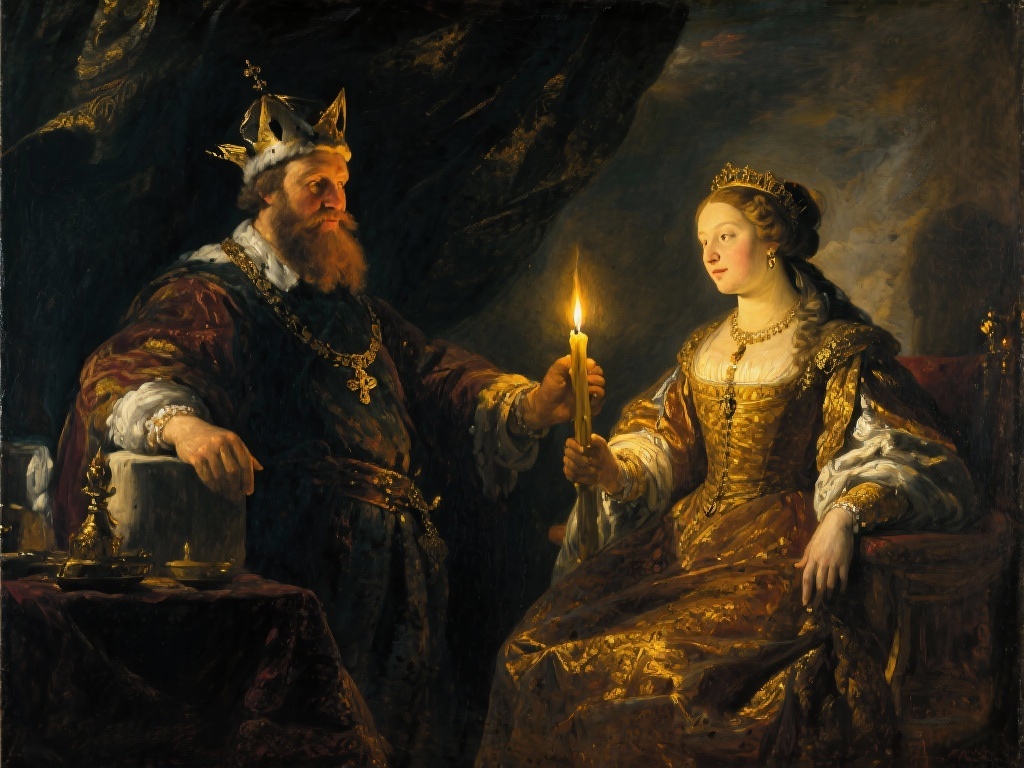The Tudor Rose stands as one of the most recognizable symbols in English history, a brilliant piece of heraldic design that transformed a bloody civil war into a story of unity and hope. Created by Henry VII in 1485 after his victory at the Battle of Bosworth, this iconic emblem merged the warring houses of Lancaster and York into a single, powerful symbol that still graces British coins, royal buildings, and national emblems today.
What makes the Tudor Rose so remarkable isn’t just its beautiful design of red and white petals, but its genius as royal propaganda. Henry VII didn’t just win a battle – he created a visual story that helped legitimize his new dynasty and promised an end to decades of devastating conflict. The Tudor Rose became the ultimate symbol of political reconciliation, proving that sometimes the most powerful weapon isn’t a sword, but a carefully crafted emblem that captures the hearts and minds of a nation.
What Is the Tudor Rose and Why Was It Created?
The Tudor Rose is a heraldic symbol featuring five white inner petals representing the House of York, embraced by five red outer petals symbolizing the House of Lancaster. This wasn’t just decorative art – it was strategic political messaging at its finest, designed to communicate that England’s two warring royal houses had finally united under Tudor rule.
Henry VII created this symbol immediately after defeating Richard III at Bosworth Field, ending the Wars of the Roses and establishing the Tudor dynasty. But the rose wasn’t just about military victory; it represented a promise of peace and a new beginning for a war-torn nation. The design brilliantly communicated that the new king wasn’t favoring one side over another, but bringing both houses together as equals.
The Wars of the Roses Background
The Wars of the Roses was a devastating 30-year conflict during the 15th century that tore England apart. The red rose of Lancaster and white rose of York became the battle standards for two branches of the royal family, each claiming the rightful throne. Families were divided, nobles switched sides repeatedly, and the English countryside became a battlefield where brother fought against brother.
This wasn’t just a political struggle – it was a crisis of national identity. The country desperately needed a symbol that could heal these deep wounds and unite the people under a single banner. The existing roses had become symbols of division and hatred, making them unsuitable for a peaceful future.
Henry VII’s Strategic Marriage and Symbol Creation
Henry VII understood that military victory alone wouldn’t secure his dynasty. In January 1486, he married Elizabeth of York, the daughter of Edward IV, physically uniting the warring houses through matrimony. This strategic marriage provided the perfect foundation for creating the Tudor Rose – a symbol that represented not conquest, but union.
The timing was brilliant. By creating the Tudor Rose, Henry VII transformed his marriage from a political alliance into a national symbol of hope. The red and white petals told a story that everyone could understand: the wars were over, the houses were united, and England could finally move forward together.
The Five Petals That Tell a Story
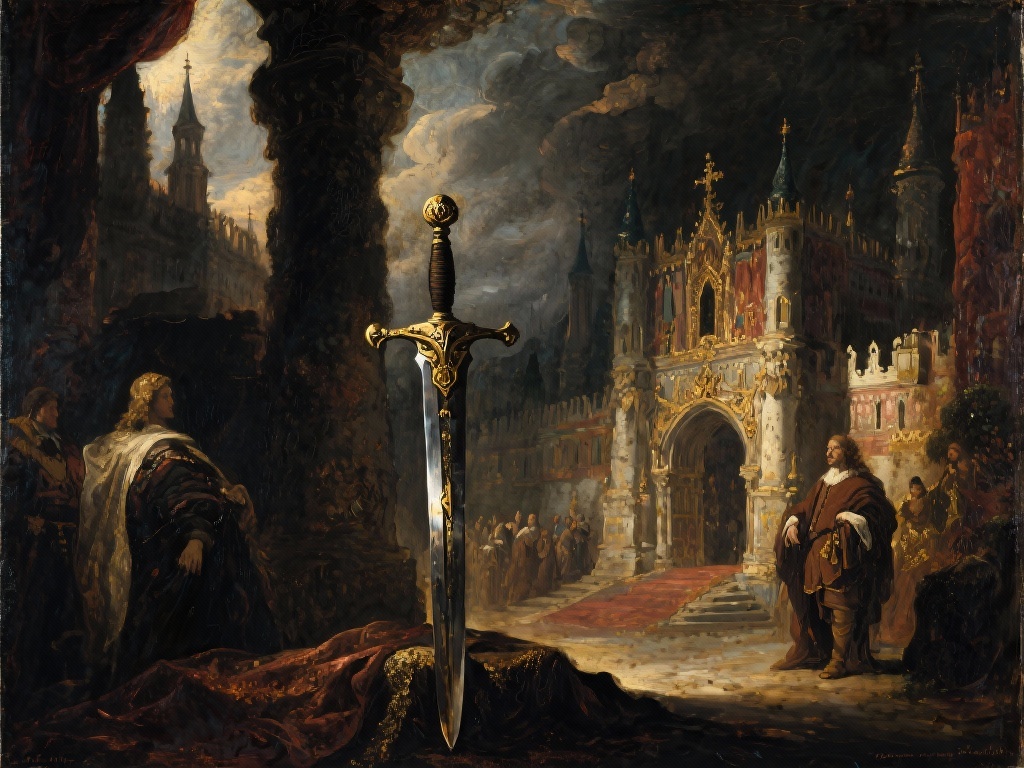
The Tudor Rose’s design is deceptively simple, yet every element carries deep symbolic meaning. The five white inner petals and five red outer petals aren’t just aesthetically pleasing – they tell a specific story about English royal heraldry and political reconciliation.
The number five itself held special significance in medieval symbolism, connecting to religious traditions and royal authority. Each petal represented not just a house, but a promise that the new dynasty would honor both lineages equally.
White Rose of York Design Elements
The white rose of York formed the heart of the Tudor Rose, representing purity, legitimacy, and royal bloodline. In heraldic tradition, white symbolized peace, truth, and innocence – qualities that the House of York claimed as their birthright. The white petals in the Tudor Rose acknowledged this heritage while placing it at the symbolic center of the new dynasty.
Edward IV had made the white rose famous during his reign, and it appeared on everything from royal seals to soldiers’ badges. By incorporating these white petals into his new symbol, Henry VII showed respect for York’s legitimate claims while firmly establishing his own authority.
Red Rose of Lancaster Symbolism
The red outer petals represented the House of Lancaster, symbolizing courage, strength, and royal determination. The red rose had its roots in the golden rose badge of Edward I, with Edmund Crouchback later adopting a red variant that became the Lancaster emblem. Red traditionally symbolized martyrdom, sacrifice, and divine love in medieval heraldry.
Placing the red petals on the outside wasn’t an accident – it showed Lancaster’s protective embrace of the entire realm. The red rose had become synonymous with the Lancastrian claim to the throne, and Henry VII’s use of it honored his maternal heritage while establishing continuity with previous rulers.
How the Combined Design Represents Unity
The genius of the Tudor Rose lies in how it visually represents unity emerging from division. The white York rose doesn’t disappear into the red Lancaster rose – instead, both remain clearly visible and equally important. This design choice communicated that the Tudor dynasty wasn’t about one house conquering another, but about two becoming one.
The overlapping petals create a sense of harmony and balance that mirrors the political reconciliation Henry VII sought to achieve. The symbol suggests that the best of both houses would continue under Tudor rule, making it appealing to supporters of both former dynasties.
Medieval Rose Symbolism and Christian Traditions
The Tudor Rose’s power extended far beyond politics, tapping into deep medieval Christian symbolism that resonated with ordinary people. In medieval devotional literature, the Virgin Mary was called a “rose without thorns,” and rose imagery had become central to Christian worship and art throughout Europe.
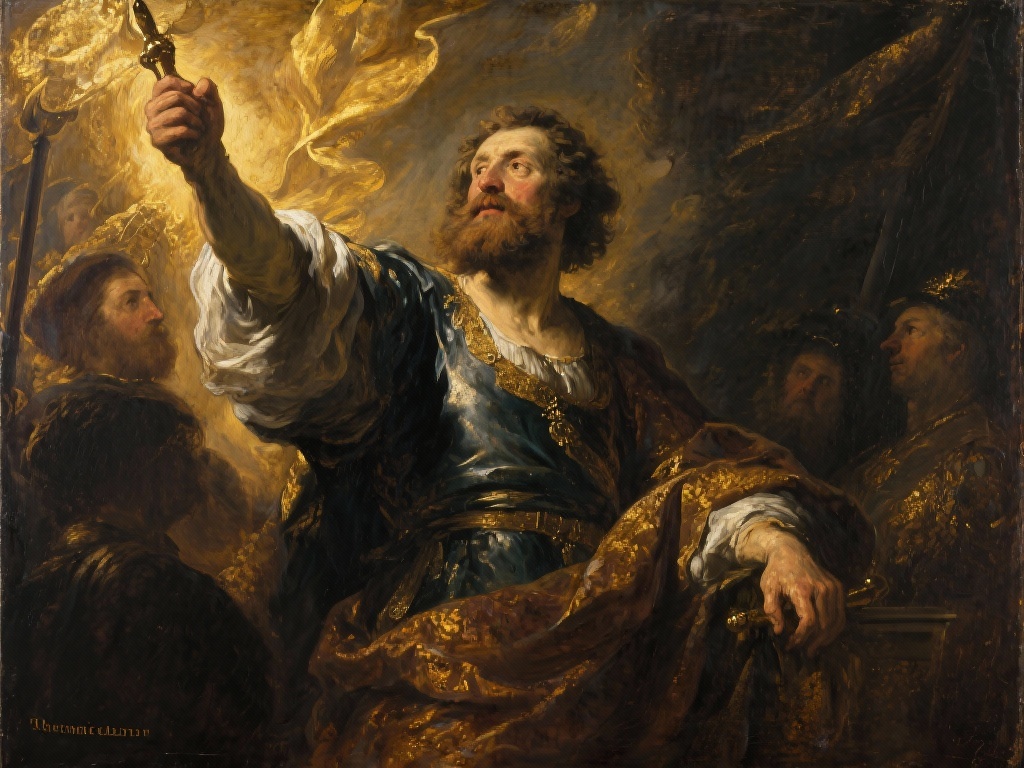
This religious connection made the Tudor Rose more than just a royal emblem – it became a symbol that ordinary people could relate to and embrace. The five petals connected to established traditions while creating new meanings for a new dynasty.
The Virgin Mary and Five Joys Connection
Medieval rose symbolism connected five petals to the five joys of Mary: the Annunciation, Nativity, Resurrection, Ascension, and Assumption. The five petals also represented the five letters in “Maria,” making the Tudor Rose resonate with popular religious devotion. This wasn’t coincidental – Henry VII and his advisors understood the power of connecting royal symbolism with religious tradition.
The connection to Marian devotion made the Tudor Rose particularly appealing to common people, who saw their queen Elizabeth of York as embodying similar virtues of purity and divine blessing. The symbol worked on multiple levels, satisfying both political and spiritual needs.
Medieval Religious Art and Rose Gardens
Rose imagery had spread across Europe from the 12th century, inspiring Gothic rose windows, monastery gardens, and the rosary itself (Latin: rosarium). Roses appeared in illuminated manuscripts, cathedral carvings, and stained glass windows throughout England, making the Tudor Rose feel familiar and sacred to medieval viewers.
The Tudor Rose built upon this rich tradition while creating something distinctly English. It connected the new dynasty to centuries of Christian symbolism while establishing a unique visual identity that would endure for generations.
Tudor Rose as Royal Propaganda and Political Tool
The Tudor Rose represents one of history’s most successful examples of visual propaganda. Henry VII understood that controlling the narrative was just as important as controlling the battlefield, and his rose symbol became a powerful tool for legitimizing his dynasty and maintaining political stability.
Every appearance of the Tudor Rose sent a clear message: the wars were over, the kingdom was united, and the Tudor dynasty represented England’s best hope for the future. This consistent messaging helped establish royal authority and maintain peace.
Legitimizing the Tudor Dynasty
Henry VII’s claim to the throne was relatively weak by medieval standards, making the Tudor Rose essential for establishing legitimacy. The symbol connected his rule to both major royal houses while suggesting divine approval through its religious symbolism. By appearing on royal seals, coins, and official documents, the Tudor Rose made Henry’s authority visible and tangible.
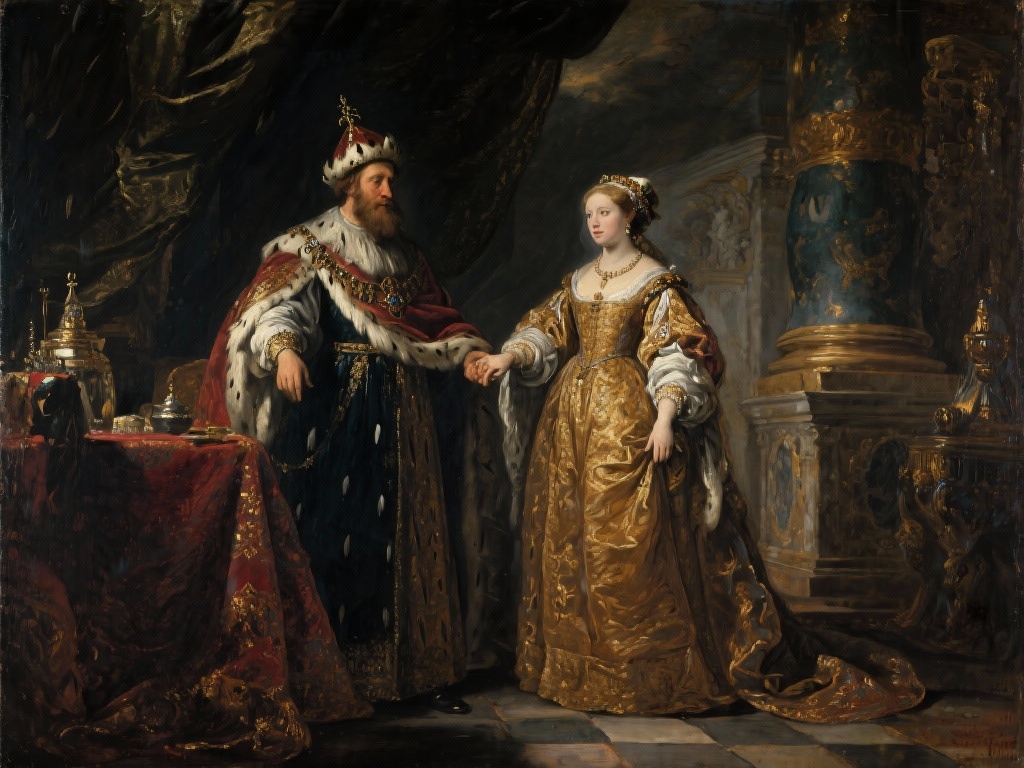
The rose helped transform Henry from a usurper into a legitimate king in the public imagination. Every time people saw the symbol, they were reminded that his rule brought together the best of both royal houses under divine blessing.
Visual Storytelling Through Heraldic Design
The Tudor Rose told a complete story without requiring literacy or complex explanation. Medieval people understood heraldic symbolism instinctively, and the rose communicated its message of unity and legitimacy across all social classes. This visual storytelling proved more effective than written proclamations or speeches.
The symbol’s success lay in its simplicity and emotional appeal. It didn’t require complex political understanding – it simply showed that the fighting was over and better times had arrived.
Where You Can See the Tudor Rose Today
Nearly 540 years after its creation, the Tudor Rose remains embedded in British culture and official symbolism. You can spot this iconic emblem on British currency, where it has appeared alongside other national symbols for generations. The HMS Queen Elizabeth proudly bears the Tudor Rose as her badge, while the England Rugby team uses it as their official logo.
The symbol’s persistence demonstrates how effective heraldic design can transcend its original political context to become permanent national identity. From ancient stone carvings to modern government buildings, the Tudor Rose continues telling its story of unity and royal heritage.
Architectural Examples in Churches and Royal Buildings
Westminster Abbey showcases some of the finest Tudor Rose carvings, particularly in the Henry VII Chapel where the symbol appears in intricate stone work and stained glass windows. Hampton Court Palace features the rose throughout its Tudor-era sections, while the Tower of London displays it in various architectural details that date back centuries.
Cambridge University’s colleges, including Christ’s and St John’s, feature Tudor Roses carved into their historic gates and chapel decorations. King’s College Chapel contains particularly beautiful examples in both stone and stained glass, showing how the symbol spread beyond royal residences into educational and religious institutions.
Modern Government and Official Uses
The Tudor Rose appears on the 20 pence coin (used from 1982-2008) and serves as the badge of the Supreme Court of the United Kingdom. Government buildings throughout Britain feature the symbol in their architectural details and official seals, maintaining its connection to royal authority and national identity.
Official ceremonies and state functions often incorporate the Tudor Rose into their visual elements, from formal invitations to ceremonial decorations. The symbol continues serving its original purpose of representing legitimate royal authority and national unity.
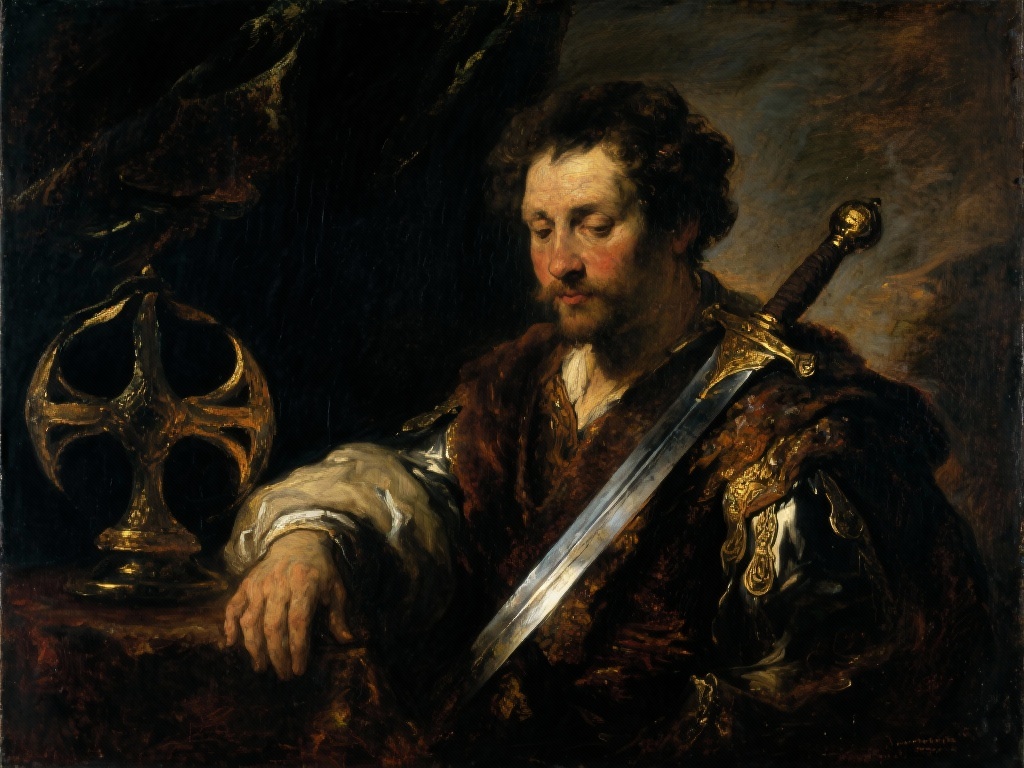
Contemporary Design and Cultural Applications
Traditional English interiors, historic hotels, and heritage pubs frequently use Tudor Rose motifs in their decoration. The symbol appears in carved wood details, fabrics, stained glass windows, mantelpieces, and door frames throughout Britain, particularly in buildings that celebrate English heritage and tradition.
Modern designers continue finding new ways to incorporate the Tudor Rose into contemporary applications while respecting its historical significance. From jewelry to home décor, the symbol remains popular among those who appreciate its rich historical associations and beautiful design.
The Lasting Legacy of England’s Most Famous Flower
The Tudor Rose has remained at the heart of the United Kingdom’s Coat of Arms for nearly 540 years, demonstrating how effective symbolism can shape national identity across centuries. What began as Henry VII’s political propaganda has evolved into something much larger – a symbol that represents English heritage, royal continuity, and the triumph of unity over division.
British National Identity and the Tudor Rose
Today’s British identity still draws strength from the Tudor Rose’s message of unity emerging from conflict. The symbol reminds modern Britain that their nation was literally built through the reconciliation of opposing forces, making it particularly relevant in times of political division or social tension.
The rose serves as England’s official plant badge alongside Scotland’s thistle, Wales’s leek, and Ireland’s shamrock, representing the country’s unique character within the broader United Kingdom. This role connects contemporary British identity to centuries of royal heritage and political evolution.
From Medieval Symbol to Modern Emblem
The Tudor Rose’s journey from medieval political propaganda to modern national symbol demonstrates the power of thoughtful design and consistent messaging. Henry VII created more than just a royal emblem – he crafted a story about England itself that continues resonating with each new generation.
The symbol’s enduring appeal lies in its fundamental optimism. The Tudor Rose doesn’t celebrate conquest or domination – it celebrates the possibility that even the deepest divisions can be healed through wisdom, marriage, and mutual respect. In our modern world of political polarization, the Tudor Rose’s message of unity through reconciliation remains as relevant as ever, reminding us that the most powerful symbols are those that bring people together rather than drive them apart.
